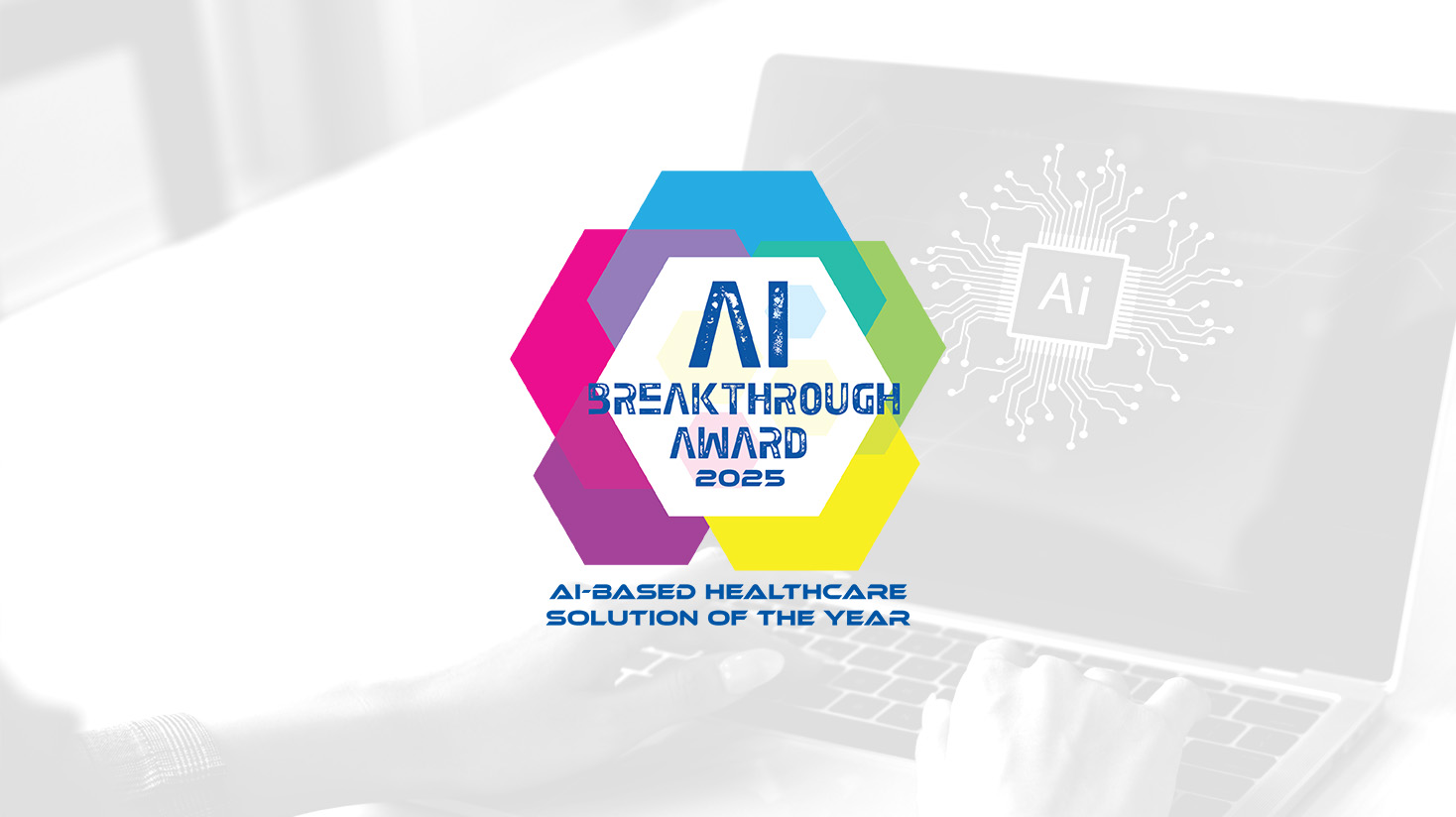Interested in seeing a demo?
Fill out the following information (please ensure you provide some detail on the problem you are looking to solve or the Messagepoint product you are interested in).

For all the changes we have had to make recently, I am suggesting one more. It is time to change how we create and manage customer communications. Seriously, it is time.
There is an entire generation of people growing up now who will experience most of their purchasing, contracting and engagements with brands and with the world digitally. They are not confined to the mental constructs of the traditional printed document. As document professionals, we need to recognize that the world we live in is changing significantly and the model we are used to needs to change along with it. The static, page-based print or PDF document is being replaced by digital presentations and experiences that are much more dynamic in nature. Think of drill down or progressive discovery in website and mobile applications, chatbots and even intelligent voice assistants like Siri and Alexa. There is no ignoring the fact that customer communications today must be relevant and targeted to their audience. To achieve this goal, especially across multiple channels of communication, we need to embrace a modern approach.
Document management tools and the document-centric processes that support them have dominated our approach to managing customer communications over the last 30 years. While this segment has seen some groundbreaking innovations like business user authoring, cloud-hosted solutions and, more recently, the introduction of artificial intelligence (AI), the fundamentals in place for many really haven’t changed much. Organizations still tend to take a document-centric approach throughout the entire document lifecycle: author, manage, approve, design, proof and edit communications vs. one that is more content-centric.
The impact of the document-centric approach has been the proliferation of document templates (print composition and email) across an enterprise—one for every flavor of a communication. Imagine a simple case of managing a single customer correspondence letter supporting a mortgage offering. While you might start with one letter, you actually have to create four variations of that letter to support your four mortgage product offerings. It doesn’t end there though, with each of those four variations requiring four more variations to address different state regulations that apply to the product offering. Now you have 16 different documents to manage. Of course, you want to make this available via print and PDF (16 templates), email (16 templates) and on your website (4 templates), so now you have 36 different documents and document templates to manage for one customer communication.
Managing these document templates and keeping the template library up to date takes up valuable resources and time. Each type of communication, whether it is print, email, SMS, web, video, etc., requires the message to be inputted and formatted to fit each touchpoint. This usually happens via different individuals for each channel. The process is rife with redundant work, wasted time, regulatory risk, delays and a lack of visibility and control. If you think about it, this is a monolithic approach in a digital society that is demanding flexibility and ease. Communications today are more than just documents and it’s time to retire this antiquated system that was developed before the true evolution of customer experience and omni-channel experiences.
What if we started to think about our communications and content in a different way? One that enables us to be more agile? To personalize more thoroughly? To leverage the dynamic nature that digital channels bring to our communications? I am suggesting we take a modularized content management approach to our customer communications.
Modularized content management requires us to break down our documents into content components that are managed as individual objects using a new paradigm that separates the content from the presentation layer and centralizes its management in a content hub. This approach enables us to leverage more intelligent ways of managing content, driving efficiency, gaining control and achieving deeper personalization across all channels. It requires a shift in our collective mentality to move from an all or nothing approach for changes in which you edit, review and approve a full document vs. focusing solely on the component that is changing.
Modular approaches are used successfully across multiple industries in different ways; now it is time for the customer communications management industry to really embrace the opportunities brought forth through this method. Modularity takes communications management to a different level. There is no longer a need to redundantly make the same edits in platform after platform. More importantly, modularization of content assists with compliance. The same content can be repurposed for multiple communications with different wrappers, headers and footers and across channels seamlessly. It allows for content curation and, therefore, promotes flexibility in building communications not only to drive compliance, but also to keep your brand consistent. Additionally, re-use of these pieces allows for more creativity.
Those in the financial services and insurance industries have a compelling case for the modular approach. While each business line may be communicating a different message, there are many elements that are the same. Low hanging fruit such as contact information, logos, copyrights and signatures are easily identified content components. More complex content, such as product descriptions, disclosures, terms and conditions, fees and calls to action, are also repeatedly duplicated across templates and can be componentized for greater control and efficiency. A content curator can select the correct messaging easily and deploy it across multiple channels. Modularity is a great solution for the insurance industry as it relates to policy building and customization for groups or individuals. Utilizing this approach also avoids one big issue in the document-centric model: incorrect content. The modular library is kept up to date and in compliance with current regulations.
Customer communications management platforms have had basic shared content for years, but limitations in the capabilities and, more importantly, a document-centric mindset have constrained a real move to modular content.
The good news is there is software on the market today to facilitate the process of content modularization to make transitioning from traditional mono-templates to dynamic modular communications possible. Applying advances in AI, machine learning (ML) and natural language processing (NLP) are increasingly utilized to accelerate migrations and content management. These processes can identify duplicate and similar content, as well as inconsistencies within content and branding—and can interpret sentiment and readability. This content can then be optimized prior to importing it into the content hub for use in future communications. Applications with these kinds of built-in AI, ML and NLP functions have been known to reduce the time required to migrate existing customer files by as much as 99%.
With any change comes growing pains; companies implementing new systems must remain committed to the end goal. It is essential to have compliance, legal, IT and marketing on board supporting the change and development of the content. Remind the stakeholders: A modular system will reduce the effort required to deploy new communications and campaigns while supporting compliance and brand alignment requirements.
The demise of the fully document-centric model should be celebrated as we replace it with a dynamic content hub that helps transform content into live communications between you and your customer.

Customer communications is a general term that refers to many different types of communications across all industries and…
Read the Article
In mortgage servicing, communication with borrowers is more than a routine task—it’s a core operational and compliance function.…
Read the Article
Prestigious International Annual Awards Program Honors Standout AI Companies & Solutions LOS ANGELES, Calif., June 25, 2025 –…
Read the Article